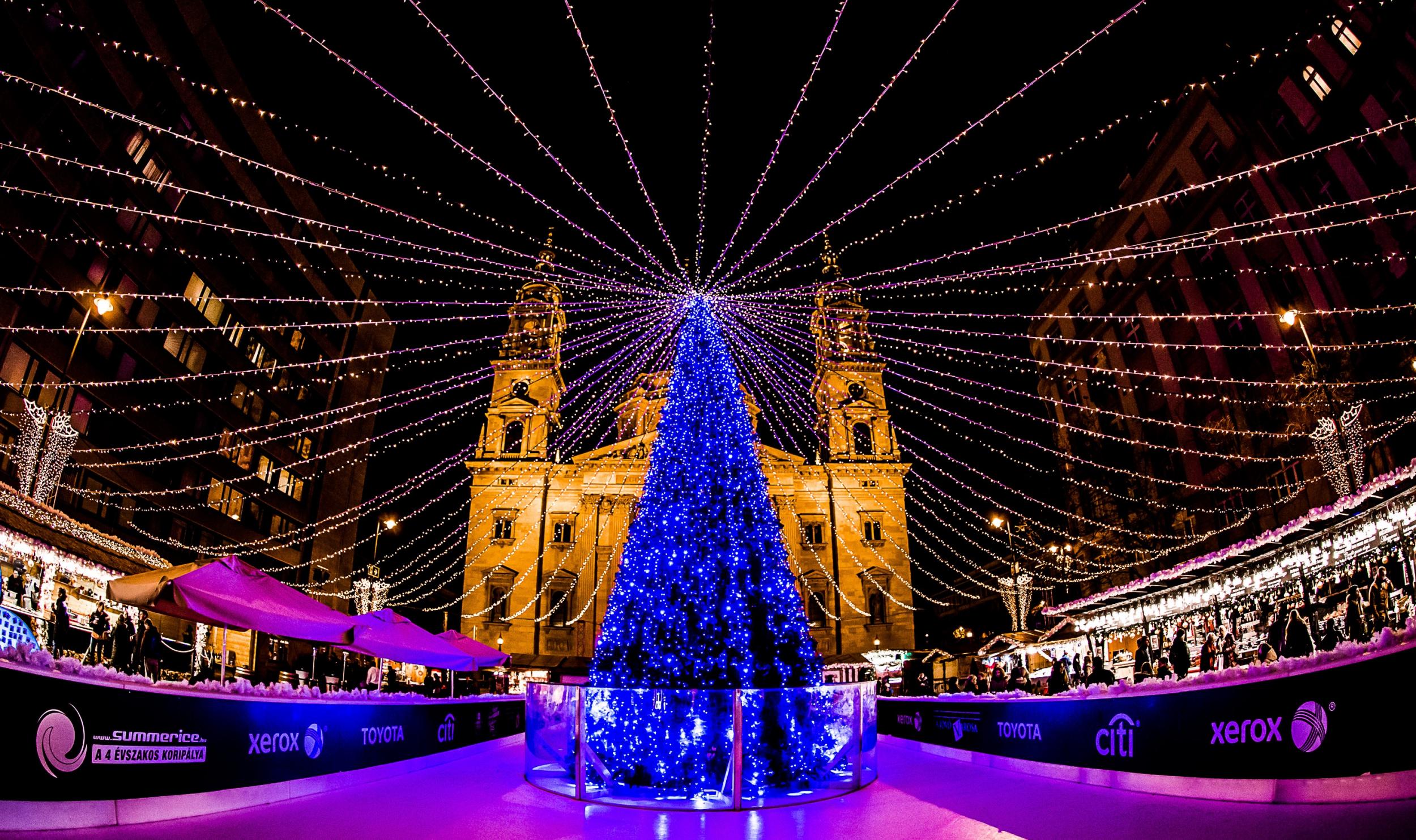With more and more people buying fake trees for Christmas decorations, you may be wondering why anyone would want the real deal.
The popularity of artificial trees continues to grow as they seem to become more and more realistic. They certainly look more realistic than early goose down or aluminum models and have come a long way since the 1930s when a British appliance company marketed the first model made from brush bristles - the same ones used for make the covered toilet brushes!
The lower cost and convenience of artificial trees are appealing; Nearly 80% of homes that display Christmas trees use fake trees. They don't need water and their perfectly symmetrical shape means fewer needles fall out. However, there are a few things to consider when choosing the species of tree to plant this season.
Artificial trees are made from non-renewable PVC and petroleum-based metals, and consume additional fuel to transport long distances. (85% of artificial trees come from China!) Some imported trees carry lead warnings.
A study by Ellipsos in Montreal found that consumers would have to use synthetic wood for 20 years to be considered an eco-friendly option. Typically, Americans use an artificial Christmas tree for six years. Discarded trees end up in landfills and never biodegrade, and recycling is almost impossible due to the combination of different materials.
On the other hand, the "green" of a living Christmas tree certainly goes beyond color.
There are approximately 15,000 Christmas tree farms in the United States that employ approximately 100,000 people. There are over 1,400 farms in Pennsylvania alone (the third largest in the country!) and over a million trees are sold each year. Trees grown and purchased locally save fuel and transportation costs, create jobs, and invest in the local economy.
The average time from planting a Christmas tree to harvest is about seven years, and 10 to 15 years for large trees. Each tree absorbs one ton of carbon dioxide from the atmosphere during its lifetime. These hectares, some 500,000 in number, now provide habitat for a variety of fauna, produce oxygen and improve air quality.
Christmas trees are not cut down en masse in the forest; 98% is grown on farms in all 50 states. Only about 10 percent of the trees planted are harvested each year, and for every tree felled, one to three plants are transplanted. Many growers use sustainable methods, though only about 1% are certified organic. Last on the list of agricultural pesticides, Christmas trees use about a quarter of what is used to treat apples.
Tree farms provide vegetation along watercourses and ditches where they promote proper watershed and wetland management. Christmas trees can also be grown on steep slopes and under power lines that are generally unsuitable for growing other crops.
At the end of the Christmas season, the trees can be temporarily placed near the birdhouses to protect them during the winter. They can also be turned into soil and mulch, buried in ponds as fish habitat, or used as wind and water barriers to limit erosion.
Choosing a live Christmas tree is a holiday tradition for many families, and it can be as easy as signing up at a local flea market. Another option is to find and cut down the perfect Christmas tree at a nearby farm. These adventures are the makers of childhood memories and stories to last a lifetime. Visit the Pennsylvania Christmas Tree Association for more information on where to find native trees at www.christmatrees.org.
If you're looking for a sustainable option, you can go beyond cutting down a live tree and buying a tree with intact roots to plant in your yard. However, remember that the cold weather in Pennsylvania makes planting a tree in the winter difficult and threatens survival. For this option, the tree needs a very limited time in a dry, heated house and filling a hole with previously thawed soil in order to complete the task as quickly as possible.
More green tips for your living tree: Mist water before entering to remove dust and allergens; water often; Keep away from heat sources; Never leave it on when you're not home; use LED bulbs instead of incandescent bulbs; and always remember to recycle wood after the holidays.
Martha Murdoch is the head gardener for Penn State Extension - Beaver County.
This article originally appeared in the Beaver County Times: Over the Garden Gate: Real Christmas Trees Do Many Benefits to the Environment.


Post a Comment
Post a Comment